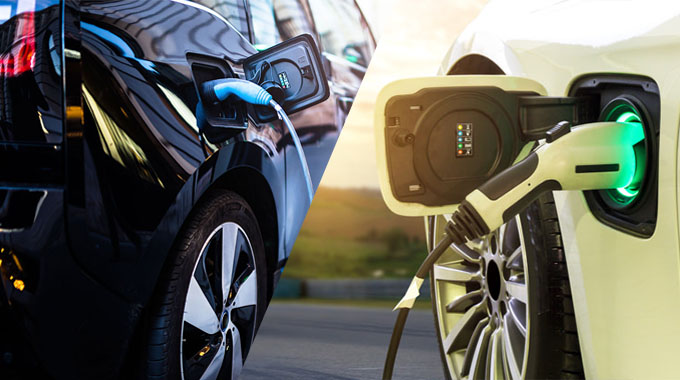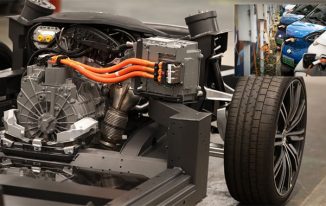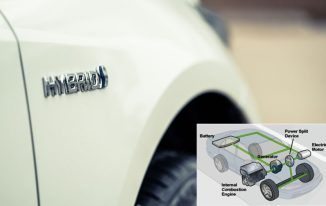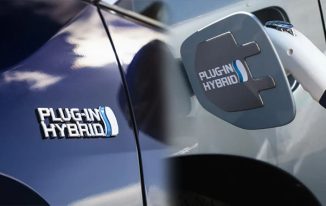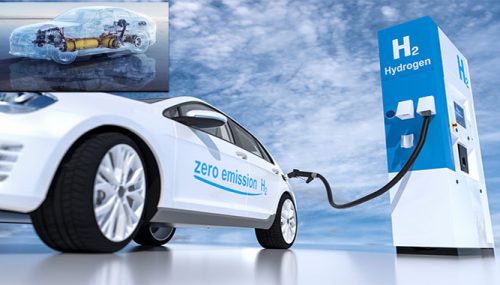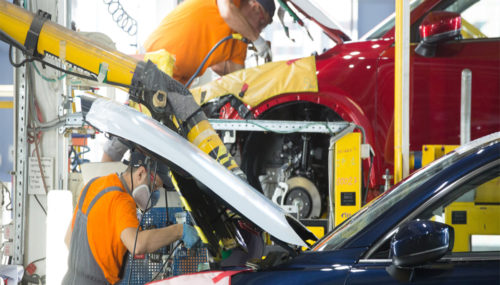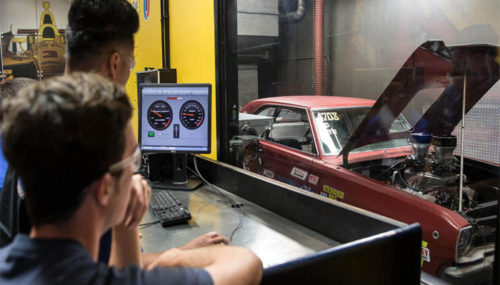In a world seeking cleaner and more sustainable alternatives, Battery Electric Vehicles (BEVs) have emerged as a beacon of innovation, paving the way for a future free from traditional fuel sources. BEVs represent a paradigm shift in the automotive industry, relying solely on electric power stored in advanced batteries. In this article, we explore the cutting-edge technology, environmental advantages, and the driving experience that make Battery Electric Vehicles a driving force in the era of sustainable transportation.
The Heart of the Revolution: Electric Motors and High-Capacity Batteries
At the core of every Battery Electric Vehicle is an electric motor powered by a high-capacity battery pack. Unlike hybrid or plug-in hybrid vehicles, BEVs operate exclusively on electric power, eliminating the need for internal combustion engines. The lithium-ion batteries used in BEVs are engineered for high energy density, providing the necessary power to propel the vehicle while delivering impressive ranges on a single charge.
Zero Emissions: A Breath of Fresh Air
Perhaps the most significant environmental benefit of BEVs lies in their zero-emission operation. By eschewing traditional fuels, BEVs contribute to a significant reduction in greenhouse gas emissions, air pollution, and dependence on fossil fuels. As the world grapples with the consequences of climate change, BEVs present a tangible solution for individuals committed to reducing their carbon footprint and promoting cleaner air quality.
Home Charging: The Convenience of Electrification
Charging a BEV is a straightforward process, with many owners opting to charge their vehicles at home using dedicated charging stations or standard household outlets. Home charging offers the convenience of waking up to a fully charged vehicle each morning, providing ample range for daily commutes. The proliferation of public charging infrastructure further enhances the practicality and accessibility of BEVs, making it easier for drivers to embark on longer journeys with confidence.
Impressive Range and Performance: Redefining Electric Driving
Advancements in battery technology have significantly improved the driving range of BEVs, addressing one of the primary concerns known as “range anxiety.” Modern BEVs, exemplified by models like the Tesla Model S, Chevrolet Bolt, and Nissan Leaf, boast ranges that rival or surpass those of many traditional gasoline vehicles. Additionally, electric motors provide instant torque, resulting in brisk acceleration and a smooth, silent driving experience.
Maintenance Simplified: Fewer Moving Parts, Fewer Worries
BEVs have fewer moving parts compared to traditional internal combustion engine vehicles. With no complex transmission systems, exhaust systems, or traditional fuel-related components, BEVs generally require less maintenance. This translates into potential cost savings for owners, creating a compelling economic argument in addition to the environmental benefits.
Challenges and Opportunities: Addressing Infrastructure and Awareness
While BEVs offer a myriad of benefits, challenges remain. The need for a robust charging infrastructure, addressing concerns about battery production sustainability, and raising awareness about the benefits of electric mobility are ongoing efforts. Governments, businesses, and consumers alike play pivotal roles in overcoming these challenges, ensuring a smoother transition to a sustainable and electrified future.
Driving the Future with BEVs
Battery Electric Vehicles are not merely a trend but a transformative force shaping the future of transportation. With their zero-emission operation, impressive ranges, and the promise of a cleaner, more sustainable future, BEVs are driving the automotive industry toward a new era. As technology continues to evolve and society embraces the need for greener alternatives, the road ahead is charged with the potential to redefine the way we drive and the environmental legacy we leave behind.

